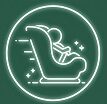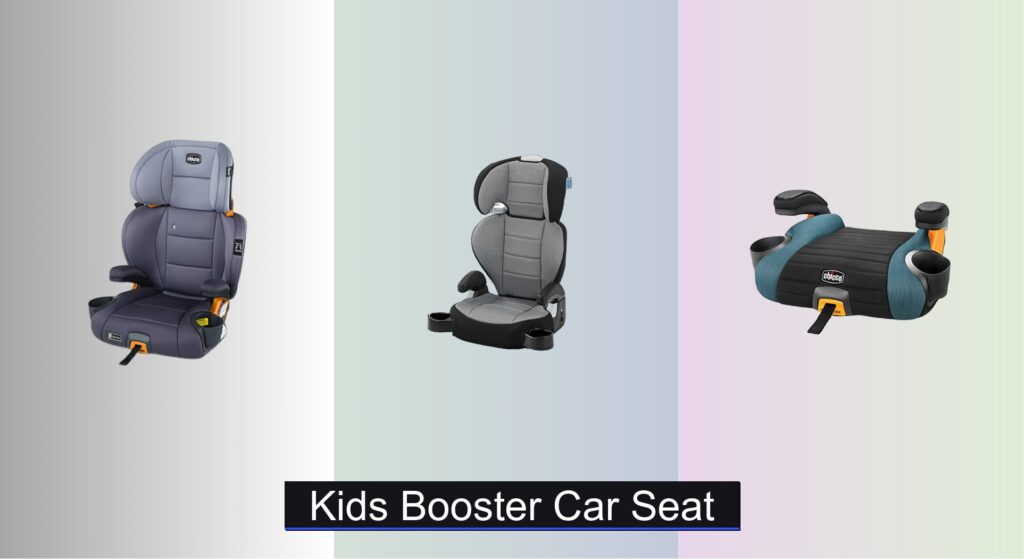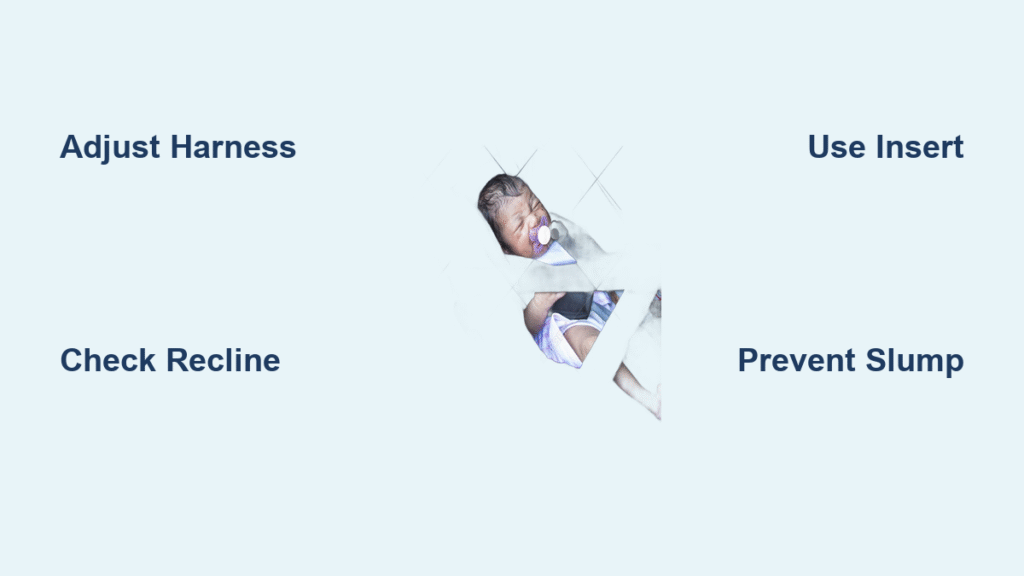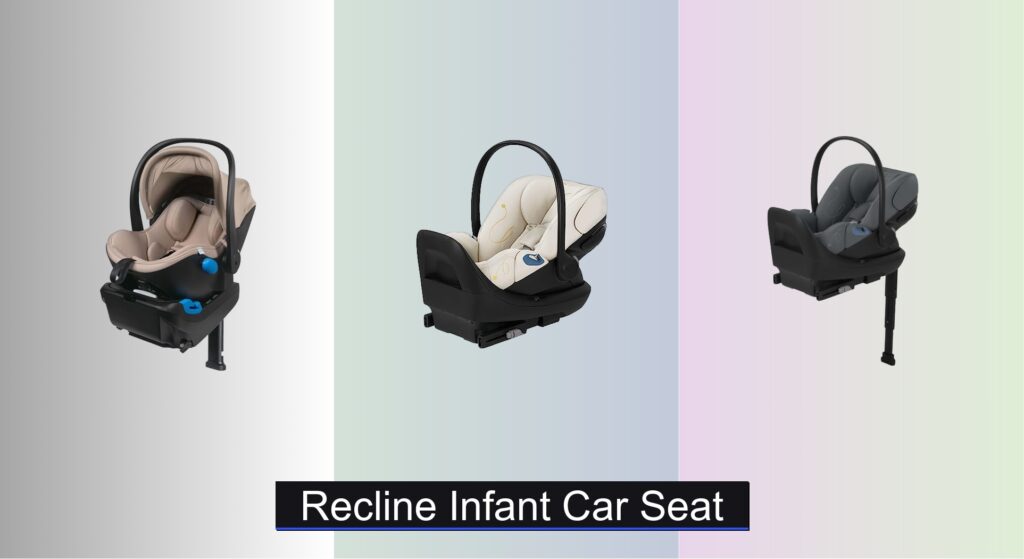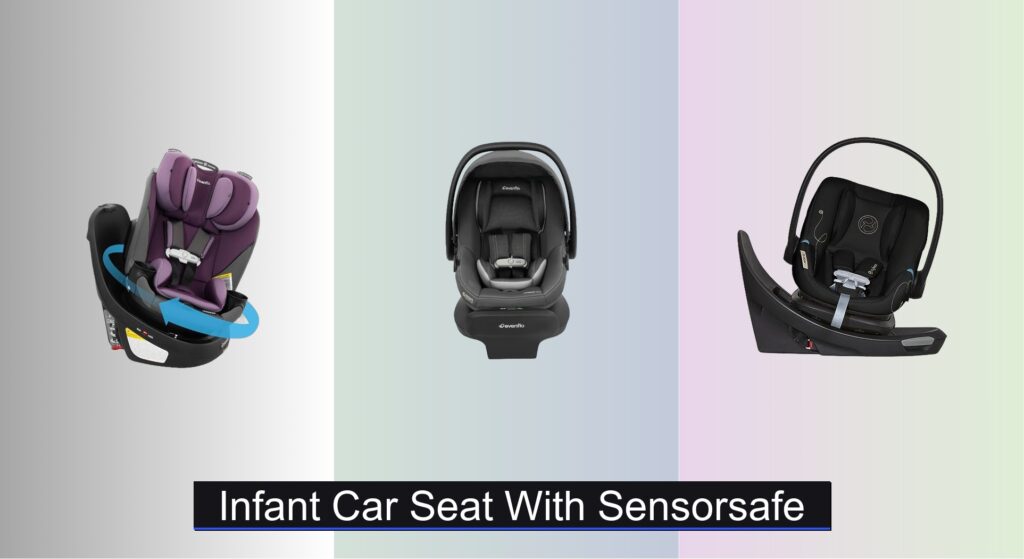Every parent knows that transitioning their child from a harnessed car seat to a booster is a major milestone—but it also comes with big safety responsibilities. Choosing the right kids booster car seat isn’t just about convenience; it’s about ensuring proper seat belt fit and protection during every ride. Many parents struggle with knowing which type—high-back or backless—is safest for their vehicle and child’s size, while also balancing portability, comfort, and ease of use.
We analyzed over 50 booster seats, evaluating critical safety features, real-world usability, and expert crash test data to find the best options for growing kids. Our top picks are based on rigorous testing, federal safety compliance (FMVSS 213), NHTSA ratings, and user feedback, focusing on correct belt positioning, LATCH compatibility, height/weight range, and flame-retardant-free materials where possible. From budget-friendly to travel-ready designs, these top-rated kids booster car seats deliver safety, comfort, and value. Keep reading to find the best booster car seat for your child’s next stage.
Best Options at a Glance

Chicco KidFit ClearTex Plus 2-in-1
Best Overall
- 40-100 lbs.
- 4 years and up
- 10-position
- High back/Backless
- Dishwasher-safe

Graco TurboBooster 2.0 Highback
Best Budget Highback
- 2-in-1 Convertible
- 4-10 years
- 40-100 lbs
- 57 inches
- Open-loop

Chicco GoFit Plus Backless with LATCH
Best Portable with LATCH
- 40-110 lbs
- 4+ years
- 38-57 in
- Yes
- 2 (dishwasher-safe)

BubbleBum Inflatable Booster Seat
Best Travel & Compact
- Lightweight
- 4-11 years
- 40-100 lbs
- Backless booster
- Folds small

Graco TurboBooster 2.0 Backless
Best Budget Backless
- 40 – 100 lbs
- up to 57 in
- 4 – 10 years
- FMVSS 213 compliant
- Height adjustable

Evenflo GoTime LX Booster
Best Value Highback
- 40-120 lb
- 4+ years
- 7 positions
- High back/no back
- 2

Cosco Topside Backless Booster
Best Lightweight Budget
- 40-100 lbs
- 43.4″-57″
- Backless booster
- Lightweight, compact
- Extra-plush

Hiccapop UberBoost Inflatable Booster
Best Space-Saving Design
- Inflatable Booster
- FMVSS213
- Packable/Travel Bag
- Belt Secured
- 40-100 lbs
Kids Booster Car Seat Review
How to Choose the Right Kids Booster Car Seat
Choosing the right booster car seat for your child is a crucial decision for their safety and comfort. Unlike infant car seats, boosters are designed for older children who have outgrown their forward-facing harnesses but aren’t yet big enough to safely use the vehicle’s seat belt alone. Here’s a breakdown of key features to consider:
Booster Type: High-Back vs. Backless
The first major decision is between a high-back and a backless booster. High-back boosters offer more support, particularly for children in vehicles with low seat backs or without headrests. This support helps protect the head and neck in a collision. They are generally recommended for longer use as a child grows. Backless boosters are more portable and often more affordable. They are suitable for vehicles with adequate headrests and for older, more mature children who can maintain proper posture. Consider your vehicle and your child’s maturity level when making this choice.
Weight and Height Limits
Booster seats have specific weight and height limits – and these vary between models. Always check the manufacturer’s specifications to ensure the seat is appropriate for your child’s current size. A seat that’s too large won’t provide the correct positioning, while one that’s too small won’t offer adequate protection. Pay close attention to both the weight and height limits, as a child might reach one limit before the other.
Ease of Use & Installation
A booster seat is only effective if it’s used correctly every time. Look for features that simplify installation and ensure proper positioning. LATCH connectors (Lower Anchors and Tethers for Children) can help stabilize the seat, especially in high-back models, making it less likely to shift. A one-pull tightening system can help achieve a secure fit. Consider how easy it is to adjust the seat’s height and recline (if applicable). Features like open-loop belt guides are vital for ensuring the vehicle’s seat belt fits correctly across your child’s shoulder and lap.
Comfort and Convenience Features
While safety is paramount, comfort can contribute to a more cooperative rider. Look for features like:
- Padding: A well-padded seat will make longer journeys more comfortable.
- Cup Holders: Convenient for drinks and snacks, but ensure they don’t interfere with safety features.
- Washable Covers: Spills happen! Removable, machine-washable covers are a lifesaver.
- Portability: If you frequently travel or share vehicles, a lightweight or inflatable booster might be ideal.
Flame Retardant Considerations
Some parents are concerned about flame retardant chemicals used in car seat manufacturing. Look for models that specifically state they are flame retardant-free or use safer alternatives like ClearTex materials. While all car seats must meet federal flammability standards, knowing the materials used can provide peace of mind.
Kids Booster Car Seat Comparison
| Product | Best For | Weight Capacity (lbs) | Height Capacity (inches) | Convertible (Highback/Backless)? | Portability/Compactness | LATCH System | Cup Holders |
|---|---|---|---|---|---|---|---|
| Chicco KidFit ClearTex Plus 2-in-1 | Best Overall | 40-100 | 43-57 | Yes | Good | Yes | 2 |
| Graco TurboBooster 2.0 Highback | Best Budget Highback | 40-100 | 57 | Yes | Average | No | 2 |
| Chicco GoFit Plus Backless with LATCH | Best Portable with LATCH | 40-110 | 38-57 | No | Excellent | Yes | 2 |
| BubbleBum Inflatable Booster Seat | Best Travel & Compact | 40-100 | N/A | No | Excellent | No | No |
| Graco TurboBooster 2.0 Backless | Best Budget Backless | 40-100 | 57 | No | Average | No | No |
| Evenflo GoTime LX Booster | Best Value Highback | 40-120 | N/A | Yes | Average | No | 2 |
| Cosco Topside Backless Booster | Best Lightweight Budget | 40-100 | 43.4-57 | No | Good | No | No |
| Hiccapop UberBoost Inflatable Booster | Best Space-Saving Design | 40-100 | N/A | No | Excellent | No | No |
How We Evaluated Kids Booster Car Seats
Our recommendations for kids booster car seats aren’t based on opinions, but on a rigorous analysis of safety data, expert reviews, and feature comparisons. We prioritize models meeting or exceeding all federal safety standards (FMVSS 213). Data analysis focuses on crash test results from the National Highway Traffic Safety Administration (NHTSA) and independent organizations like Consumer Reports, evaluating head restraint geometry and side-impact protection.
We assess booster car seats based on key features outlined in established child passenger safety guidelines – including appropriate weight and height ranges, LATCH system effectiveness, and ease of correct installation. Research into long-term user reviews helps identify recurring usability issues or durability concerns. Comparative analyses highlight differences between high-back boosters and backless boosters, considering vehicle compatibility and child maturity. We also factor in material safety, noting models utilizing flame-retardant-free options where available, to provide a comprehensive evaluation for parents seeking the safest and most suitable option.
FAQs
What is the main difference between a high-back and backless kids booster car seat?
High-back kids booster car seats provide more head and neck support, especially in vehicles without headrests, while backless boosters are more portable and suitable for cars with good headrests and older, well-behaved children.
How do I know when my child is ready for a booster seat?
Your child is generally ready for a booster car seat when they have outgrown their forward-facing harness seat in terms of height or weight, but are not yet large enough for the vehicle’s seat belt to fit properly. Always check the specific weight and height limits of the booster seat.
What does LATCH mean, and why is it important for a booster seat?
LATCH (Lower Anchors and Tethers for Children) is a system that helps stabilize the booster car seat and makes installation easier and more secure, particularly for high-back models. While not always required, it’s a helpful feature.
Are there safety concerns with the materials used in booster seats?
Some parents are concerned about flame retardants. Many manufacturers are now offering kids booster car seats made with flame-retardant-free materials like ClearTex, providing a safer alternative while still meeting federal safety standards.
Conclusion
Selecting the ideal booster car seat requires careful consideration of your vehicle, your child’s size and maturity, and desired features. Prioritizing safety standards and a proper fit are paramount, but don’t overlook the importance of ease of use and comfort for both you and your little one.
Ultimately, the best booster seat is the one you can install correctly and that your child will consistently use on every journey. By understanding the different types, weight limits, and available features, you can confidently choose a seat that provides optimal protection and peace of mind for years to come.
